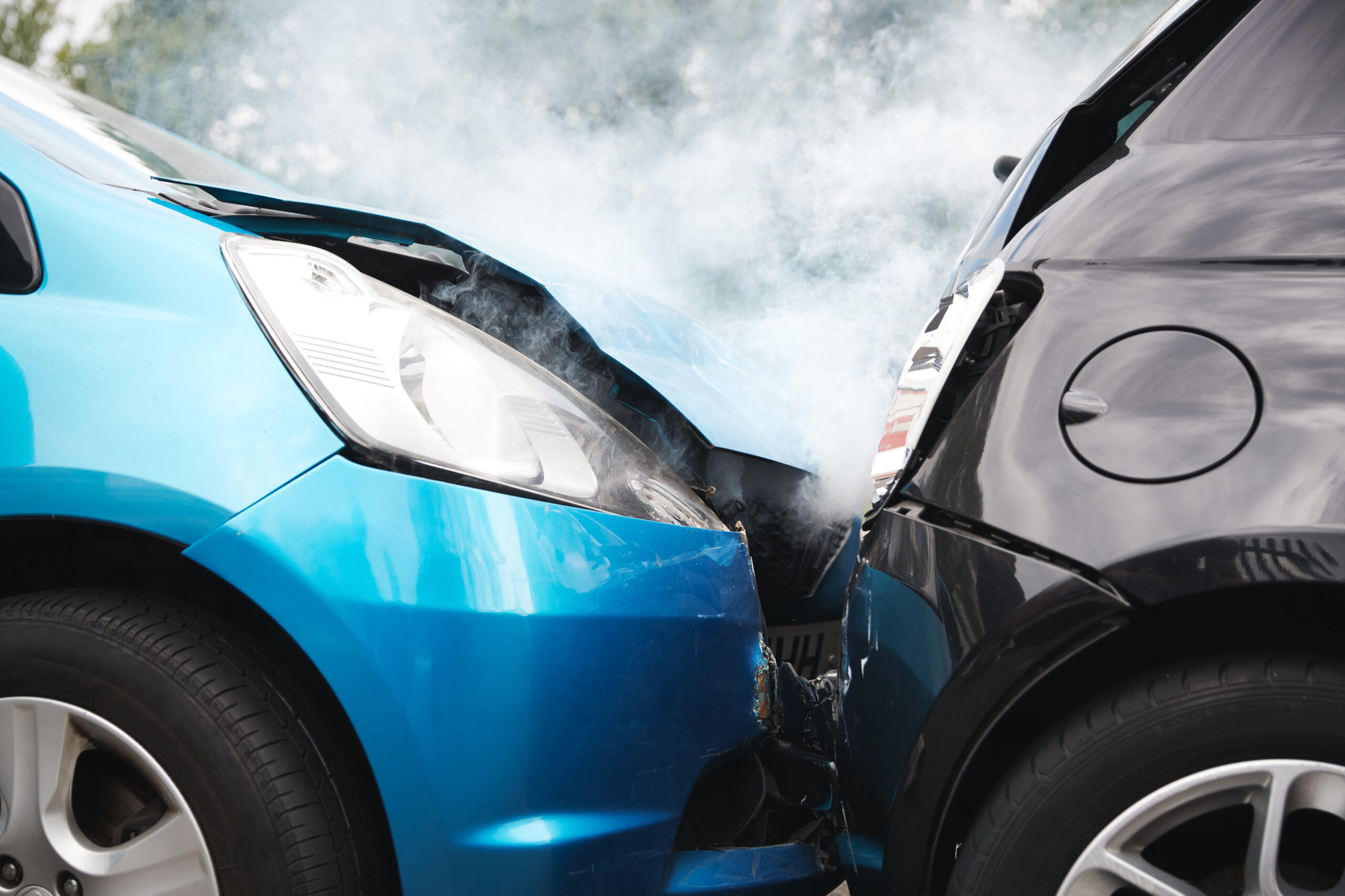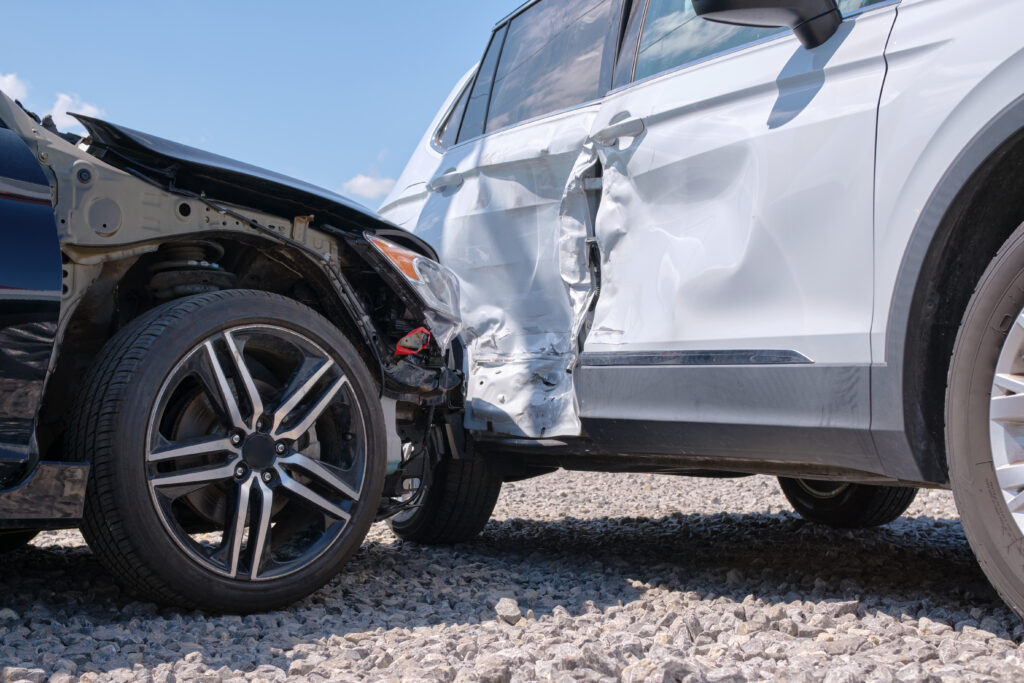
Insuring your vehicle might seem like a simple process to begin with, after all, you only need to purchase a standard insurance policy, right? Well, the answer isn’t quite that simple if you want extensive coverage.
Legally, you’re only required to take a standard motor insurance policy. However, that doesn’t mean you’re covered for everything. Many standard insurance policies don’t cover breakdowns, scratch and dent repair or misfuelling. You’ll also usually have to pay an excess fee whenever you make a claim. And, depending on the policy and type of claim, this excess could cost a considerable amount.
Therefore, it’s advisable to consider purchasing additional policies to prevent having to pay unexpected bills when something goes wrong. Motor excess protection insurance is just one policy you might want to consider.
Motor excess protection insurance will financially cover the excess you’re expected to pay when you make a claim, meaning you’ll have less to fork out if you claim against an insurance policy.
In this article, we’ll cover:
- What is an excess fee?
- What is motor excess protection insurance?
- Are there any restrictions on cover?
- Why might someone want motor excess protection insurance?
- How much does motor excess protection cost?
- Where can I buy a policy?

What is an excess fee?
The excess is a fee you will usually have to pay when you make an insurance claim. The excess essentially covers a portion of the work needed to be done regarding your claim.
You will typically but made aware of the excess fee upon purchasing your policy and how much your excess costs and differ depending on the event, policy or provider.
You might find some providers offer a zero-excess option. This means you won’t have to pay an excess when you make a claim. However, you will typically pay more for your monthly/annual premiums for the benefit.
What is motor excess protection insurance?
Motor excess protection insurance is designed to cover the cost of the excess you’re required to pay when you make a claim on your car insurance.
Motor excess protection insurance often covers both at-fault and not-at-fault incidents, which means whether you’re responsible for an accident or not, you can still reclaim the excess. Some policies might also cover incidents like fire, theft, vandalism, or weather-related damage.
However, policies can vary depending on the providers and your specific needs, so it’s essential to read the terms of the policy carefully so you know what’s covered and what’s not.
Also see: What should I do if I put the wrong fuel in my car?
Are there any restrictions on cover?
As with any insurance policy, motor excess protection cover will come with limitations and restrictions. These can vary depending on the provider, however, some common restrictions include:
- A cap on the total amount you can claim in one policy year.
- Claims where the vehicle is being used for commercial or business use
- Claims resulting from a breakdown or misfuelling
- Any claim under your standard motor insurance policy which occurred prior to the start date of your motor excess protection policy period
Why might someone want motor excess protection insurance?
As we previously mentioned, excess amounts can vary, and in some cases, they can be substantial.
Therefore, motor excess protection insurance is particularly useful as it reimburses you for this out-of-pocket expense, which can be a financial burden, especially in the event of an unexpected accident or theft.
That way, you’ll have improved peace of mind that if something does go wrong with your vehicle, or you’re involved in a motor collision, you’re protected financially.

How much does motor excess protection cost?
The cost of motor excess protection insurance can vary widely depending on a few factors. Primarily, the price of the premiums is influenced by your personal circumstances, including your driving history, age, and location, as these elements affect the perceived risk you pose to insurers.
The type of vehicle you drive also plays a role in determining the cost. High-value or performance cars, for example, might carry higher premiums due to the increased cost of repairs and replacements.
Finally, simply the choice of provider could influence how much you pay as different insurers have varying pricing strategies.
Also see: 3 Surprising things your car insurance won’t usually cover
Where can I buy a policy?
Fortunately, if you’ve decided a motor excess protection insurance policy is the right type of cover for your vehicle, you should have no trouble finding a provider with just a quick internet search as there are dozens of providers operating online.
However, be careful to compare policies before jumping into a purchase. The features included in coverage can differ quite significantly and one policy might suit your needs far better than another.


